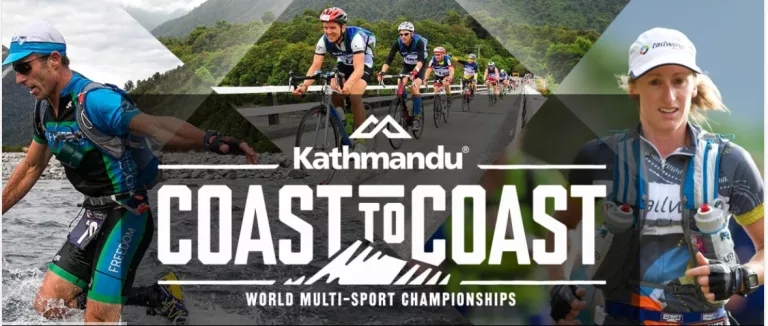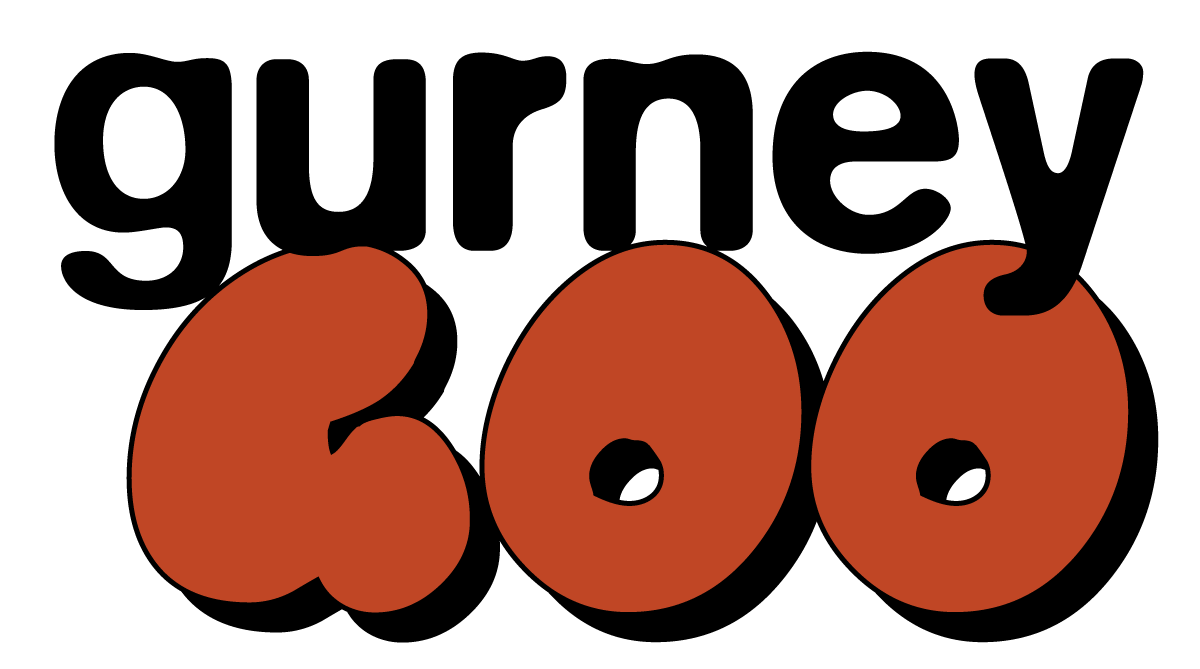
Congrats for making the effort to come to the Kathmandu Coast to Coast info sessions. It’s usually the first step to gather information that’s the hardest step, so well done; you’re over the “hump”.
I’ve typed up a summary of the key points, and also some ideas for preventing chafing and blisters in the race.
Key points summary from info evenings and skills session
Skills are most important, fitness is secondary.
As a beginner, focus on getting good at:
-
white-water kayaking
-
rock/rough-ground training
-
bunch riding on the bike
Training
-
Quality not quantity
-
Show your body the long adventure style sessions in the off-season and in the weekends. (eg a weekend of tramping or sea-kayaking)
-
Save the hard, intense training until the last 6 to 8 weeks
Equipment
-
It can be expensive to get started, second-hand is totally OK.
-
Comfort is key, lightweight is nice, but nowhere near as important as correct fit.
Nutrition
-
Eat and drink regularly, for example; food every 30 minutes, small drink every 10 minutes.
-
On a hot day, we can sweat up to a litre an hour, drink plenty if it’s hot.
-
Never try anything new on race-day. Test food you might want to use on your long sessions.
-
Gels are convenient to eat, especially on the run, but whole food such as bananas, sandwiches, cookies, mashed potato are also perfect. Choose food that you’ll look forward to eating to ensure that you eat enough.
-
Keep in mind that different foods will suit different phases, (eg gels on the run are easier than potatoes, which are more suited to the bike)… test in training.
Kayak
- Choose stable instead of tippy….you need to put 100% of your effort into going forward, not staying upright. And swimming is a slow way to get down the river!
Never anything new on race day
- Test your race equipment, techniques and nutrition in training.
Support crew
-
Make a detailed plan with your crew, and practice your transitions before the race.
-
Don’t leave them guessing.
-
Remember to be nice to them, thank them after the race (eg a dinner shout)
Preventing chafing and blisters
Prior planning prevents piss-poor performance
You’ll recall that we shared “disaster stories” of our mistakes made in our early races. We shared these in our sincere desire to give you an advantage or head-start, helping you to avoid the same problems or mistakes.
Here are a few more tips I want to share with you to prevent problems with blisters and chafing in the Coast to Coast.
You’ll recall the wise quote:
“to finish first, first you must finish”
In other words, once you’ve got blisters and chafing in a race, it’s too late, your performance is going to suffer slightly, and it won’t get better until days later. So why sabotage your valuable time, effort and investment with a preventable problem. Prevent chafing and blisters with the tips below as part of your race preparation.
There’s another wise quote:
“ energy flows where attention goes”
Once you’ve got painful chafing and blisters you’re going to be distracted by the pain. Your attention should be going to more fun and powerful aspects of your race. Prevention will solve this.
In the Kathmandu Coast to Coast we face three preventable and painful, problems:
- Chafing: Chafing is caused by the killer combo of sweaty skin rubbing on other skin or fabric or equipment. Common chafing spots for athletes: between the toes, heels, arches, crotch, inner thighs, armpits and under clothing/gear including strap rub.
- Blisters: Blisters are caused by friction, a response to intense pressure and shearing, like a burn response. It’s the pressure and rubbing from shoes, socks and clothing against your skin. Heat, moisture, mud, sand, dust and small stones intensify rubbing and blisters.
- Hygiene: Endurance athletes, competing for hours or days at a time, don't have time for usual cleanliness when toileting. Symptoms range from an irritating rash on inner thighs, to full-blown butt-crack infections, and everything in between.
Prevention is key to performance. Use GurneyGoo and these tips:
-
In advance, apply GurneyGoo to areas you know are likely to chafe or blister.
-
The night before, apply GurneyGoo to those areas you know will be a potential problem.
-
Our champion athlete test crew have discovered that GurneyGoo works best if it is applied by vigorously rubbing it into the skin. The reason for this is that the vigorous rubbing heats the skin, opening skin pores for better absorption, and making the GurneyGoo less viscous (more runny) thus allowing it to get into microscopic skin creases and pores.
-
Before your event, apply a liberal layer of GurneyGoo to problem areas, especially toes/feet before putting on your socks.
-
You can also apply GurneyGoo to areas of clothing that may cause chafing e.g. chamois, bra straps.
-
Ensure you regularly re-apply GurneyGoo to susceptible areas every few hours, or if you feel "hot spots" starting. Carry a small tube of GurneyGoo while training/racing ready to use when you need it.
Racing vs. training
-
In a race things are different than in training; our skin gets rubbed more because the pace is more intense for longer. Our skin gets wetter, and therefore softer, and more vulnerable to tearing and blisters because we perspire more, because we get splashed with water from river crossings, from drinks spillage, rain, the kayak leg, etc.
-
The longer your event, the more important it is to invest time & effort in prevention - your health and ability to travel fast and pain free is one of your most valuable assets.
Rain and River crossings
-
If you know that your socks are going to get wet (rain, creeks, rivers, sweat, spilled drink, pee) then GurneyGoo is brilliant for waterproofing your skin to prevent the soft, wrinkled, pruned skin that tears and blisters easily.
-
Prevent pruning by covering your entire foot in GurneyGoo for water-proofing before the start - wet, pruned skin tears more easily.
Clothing, shoe, and sock choice
-
Choose sportswear that is made from wicking/performance fabrics and seam-free construction such as Drymax socks (not cotton).
-
Choose clothing and packs that fit well with minimal rubbing and chafing.
-
If you find that you are wearing something with uncomfortable seams, consider turning the garment inside out to protect your skin from extra friction.
-
Choose socks without large seams in the toe area.
-
Trim your toe nails.
-
Be fussy when buying shoes… choose the right fit of shoe.
-
Empty your shoes of any sand and grit from previous missions.
-
Never try new equipment on race day, test it, practice with it lots, and “break it in”.
Magical tea tree oil & hygiene
-
If it's a long event, and you're likely to pee on the go, smear GurneyGoo around your entire crotch area to prevent rashes and chafing. You'll be amazed how effective it is.
-
Change out of sportswear and shower promptly after training/racing to keep everything healthy.
-
Tea Tree oil also reduces inflammation, keeping you more comfortable and aiding a speedy recovery.
-
GurneyGoo contains Tea Tree Oil (smells great) which is an effective antifungal and antibacterial agent, helping to discourage yeast growth for women.
If you get a blister:
-
Treat that sucker in the field immediately.
-
Remove your shoes and socks then clean and dry the affected area.
-
If the blister is a large, angry, fluid-filled mass, drain it with a sterile pin and carefully dry it.
-
Cover the blister with duct tape or other protective dressing (e.g. Compeed).
-
Apply GurneyGoo to your feet before putting on your socks/shoes.
Afterwards
-
Drain large blisters carefully.
-
Once drained, apply GurneyGoo to the blister site.
-
Cover the blister with a bandage to protect against bacterial infection.
-
Small blisters should be left intact, the skin will keep it sterile.
-
Don't burst blood blisters, you risk getting bacteria into the blood stream.
Kayaking, golf, racquet sports, shovels, spades etc.
-
Blisters on hands can be prevented by using GurneyGoo, applied several hours before the activity.
-
Thoroughly rub GurneyGoo into hands the night before, and a second application up to 1 hour before the activity.
-
This is particularly useful for kayaking, as GurneyGoo effectively waterproofs the skin, preventing softening and pruning susceptibility to blisters.
-
It’s not recommended to apply GurneyGoo during these hand-use activities, as it will likely impair control of the apparatus, (hands too slippery).
GurneyGoo helps you go faster, easier in 3 ways:
- Prevents friction Our ingredient combination makes GurneyGoo’s slipperiness just right, not too slippery and not too grippy, for longer.
- Waterproofing When your skin gets wet from sweat, rain, creek crossings, didymo stations, and splashes from water stations, it becomes soft, wrinkly and more prone to blisters and tearing. (You’ll know this from languishing long in the bath or hot-tub). Damp or wet socks are the biggest cause of soft skin on your feet, and most easily remedied by applying GurneyGoo all over your feet before your race.
- Antiseptic The tea-tree oil in GurneyGoo not only smells great after many sweaty hours, but it’s main function is to prevent any rashes or infections, which can easily lead to extremely painful chafing. The most common place for painful, pace-inhibiting rashes is crotch and inner thighs, and this is especially so on long runs where your toilet hygiene (#1’s and #2’s) in the rush of racing has been less than ideal.
Prevention is the key here, rub GurneyGoo directly onto your skin the night before and then morning of the race. Apply GurneyGoo to the areas that traditionally give you hotspots and to areas that you predict could possibly chafe. The usual hot-spots are; between toes, heels, foot arch, crotch, inner thighs, armpits, nipples, bra-straps, collar where zippers end, pack-straps and where your hydration-pack rubs on your lower back.
Enjoy your race, and remember to focus on powerful thoughts:
“Energy flows where attention goes”
